Have you ever wondered how to darken a cutting board? For kitchen professionals and cooking enthusiasts, maintaining the pristine yet functional look of a wooden cutting board is vital. While wooden boards are excellent for durability and cutting efficiency, they can lose their original charm over time. A darkened cutting board not only looks aesthetically pleasing but also adds character as wear gives way to rich depth in color.
In this article, well share everything you need to know about darkening a cutting board, step-by-step. Whether youre working with walnut, cherry, or maple wood boards, this life-changing guide will ensure that you bring out the best in your cutting board. Keep reading because there are some shocking truths about proper cutting board care that you wont want to miss!
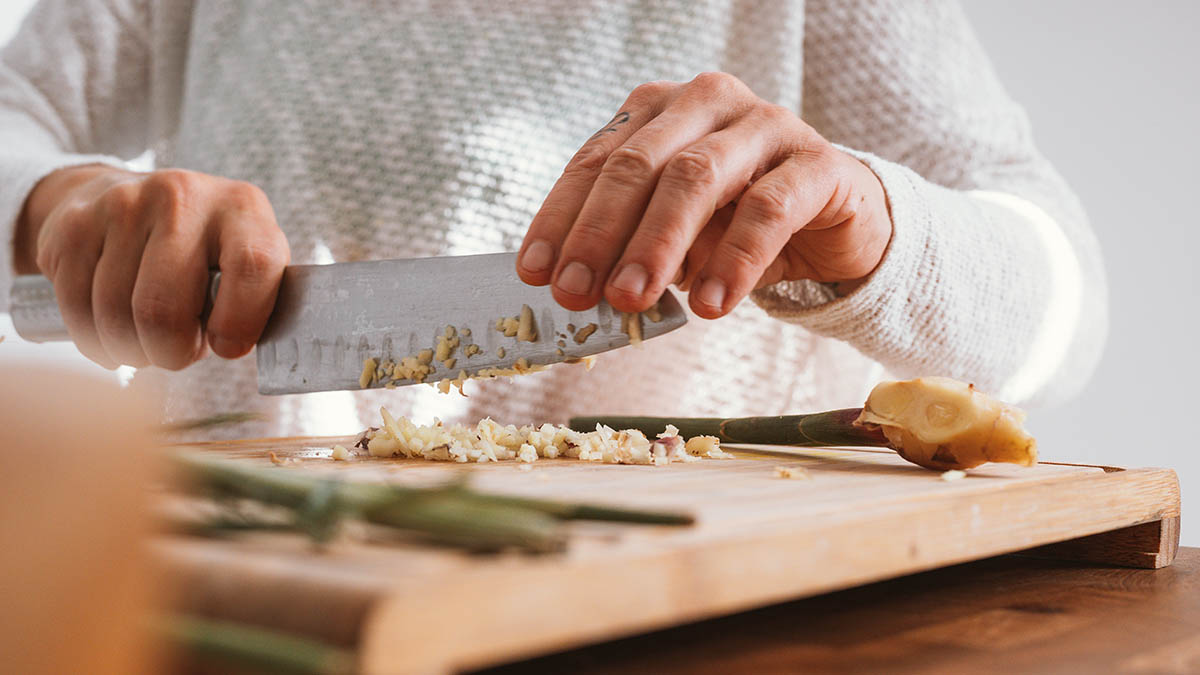
Why Darken a Cutting Board?
If youre wondering why you should bother learning how to darken a cutting board, here are a few key reasons:
- Aesthetic Appeal: A darker cutting board exudes a richer and more professional appearance.
- Longevity: Proper treatment can prolong the boards life.
- Stain Resistance: Darkened boards often hide stains better, giving off a cleaner look.
Common Mistake: Ignoring Maintenance
Many kitchen professionals often overlook maintaining their tools until its too late. But using the right methods to darken and treat your cutting board can avoid this tremendous mistake.
Preparing Your Cutting Board for Treatment
Before diving into darkening techniques, proper preparation of your cutting board is crucial. Heres what you need to do:
1. Start with a Thorough Clean
Ensure your cutting board is clean and free from any food residue. Wash it with warm water and mild soap, and let it dry completely. If your cutting board has deep cuts or scratches, learn when to replace it by reading this guide.
2. Sand the Surface
To achieve an even finish, sanding is essential. Use fine-grit sandpaper, such as 220 grit, to remove any old oil or protective coatings from the surface. Not sure how to choose the grit level? Check out this helpful article for further insights.
3. Wipe the Dust Away
After sanding, use a damp cloth to wipe down the board, ensuring no residue remains.
Techniques on How to Darken a Cutting Board
Now comes the exciting partdiscovering how to actually darken your cutting board using different methods:
1. Food-Grade Mineral Oil
Applying food-grade mineral oil is the easiest and most popular way to darken a cutting board. Heres how:
- Apply Generously: Pour a generous amount of oil onto the surface of the board.
- Spread Evenly: Use a clean cloth to distribute the oil evenly.
- Let It Soak: Leave the oil to soak in overnight for the best results.
This process will result in a tremendous transformation for your cutting board and is also safe for food preparation areas.
2. Beeswax and Oil Blend
For a remarkable shine and deep color, a mixture of beeswax and mineral oil works wonders. Melt the beeswax gently and combine it with mineral oil before applying it using the steps above.
3. Coffee or Tea Stain
Using brewed coffee or black tea is a natural way to darken wood. Simply wipe the board with the brewed solution several times until the desired color is achieved. This method is an unmissable trick for those who want a DIY option with common kitchen items.
4. Walnut Oil
Walnut oil is not only safe but can also give your board a deep, rich hue. Apply it similarly to mineral oil and repeat monthly for maintenance. Learn more about natural oils and their impact on cutting boards from this guide.
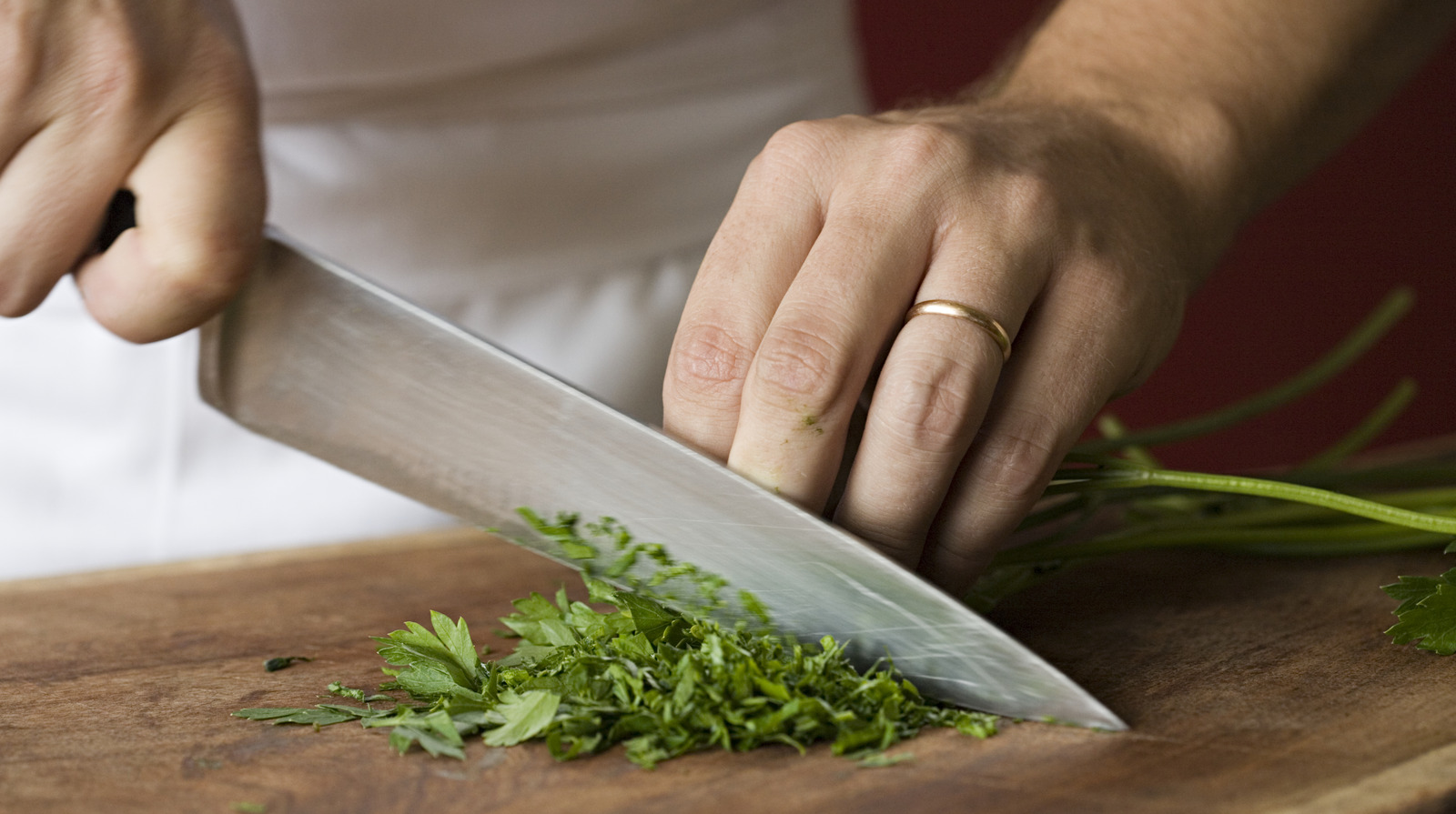
Maintaining Your Darkened Cutting Board
Once youve successfully darkened your cutting board, follow these tips to maintain its look and quality:
- Clean with mild soap and warm waternever soak your board.
- Apply a fresh coat of oil every two to three weeks.
- Store in a dry area to prevent warping or mold.
For more details about sanitizing and cleaning wooden boards, check out these safe sanitizing procedures.
FAQs About Cutting Board Care
1. Can I use olive oil to darken my cutting board?
Olive oil is not recommended as it can go rancid over time, leaving an unpleasant smell.
2. How often should I reapply oil?
Reapply oil every two to three weeks or as soon as your board appears dry.
3. What is the best wood for a cutting board?
Hardwoods like maple, walnut, and cherry are excellent options due to their durability and aesthetic appeal. Learn more about wood types from this article.
By following these terrific tips, you can keep your cutting board functional and visually appealing for years. Kitchen professionals understand the importance of maintaining tools, and a treated, darkened board can be a life-changing addition to your culinary workspace. Start today and enjoy the results!
This article contains affiliate links. We may earn a commission at no extra cost to you.

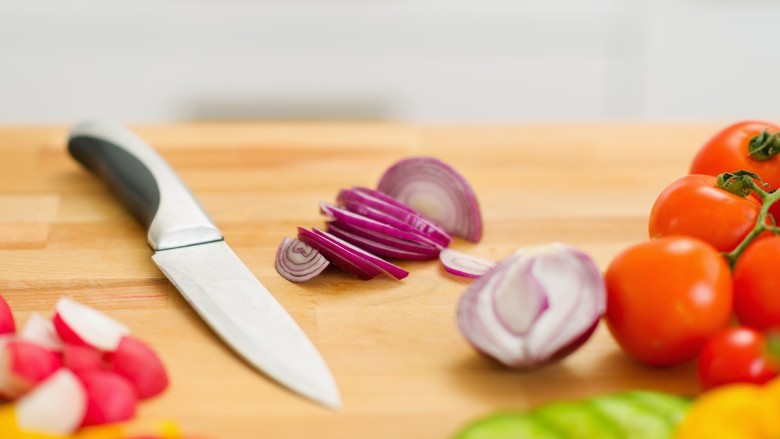


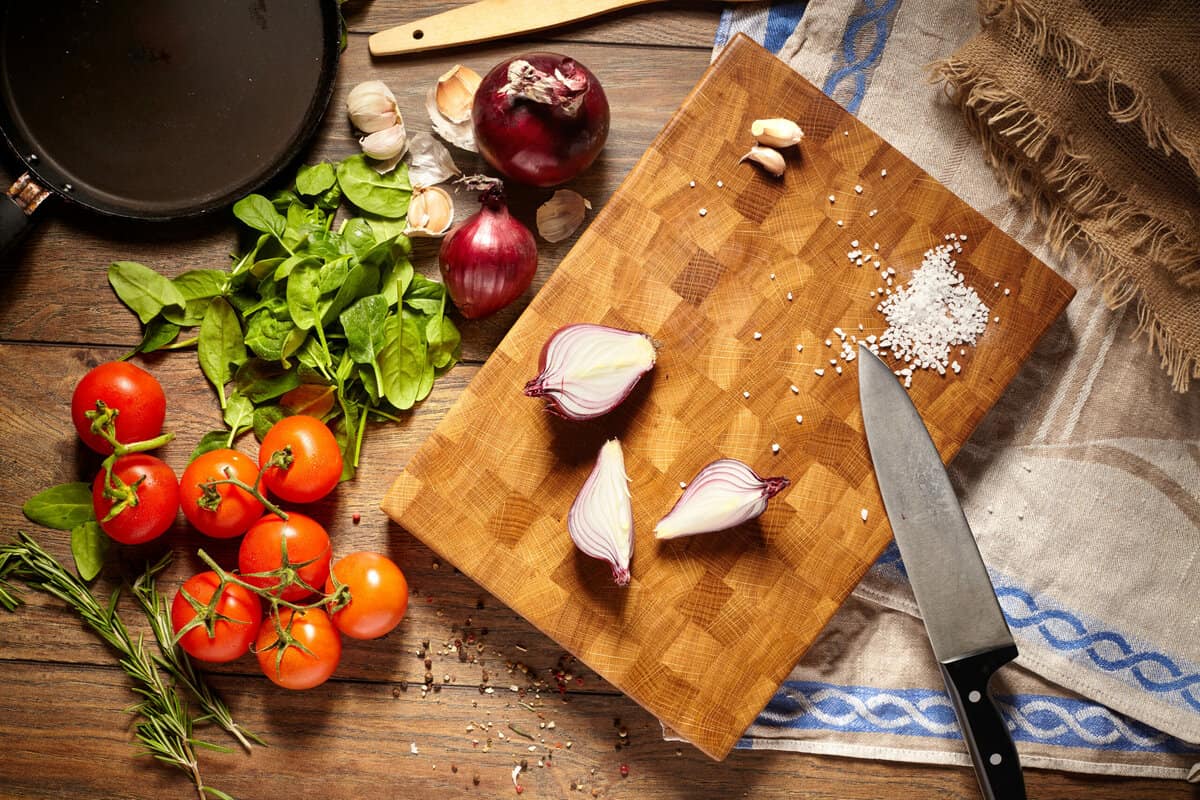
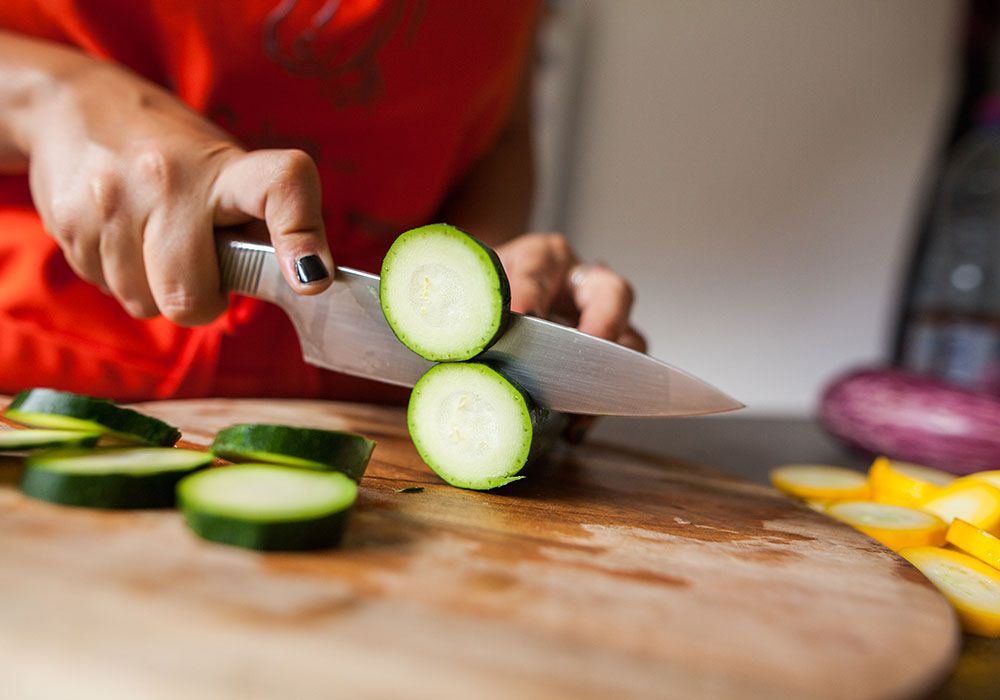
Leave a comment
This site is protected by hCaptcha and the hCaptcha Privacy Policy and Terms of Service apply.